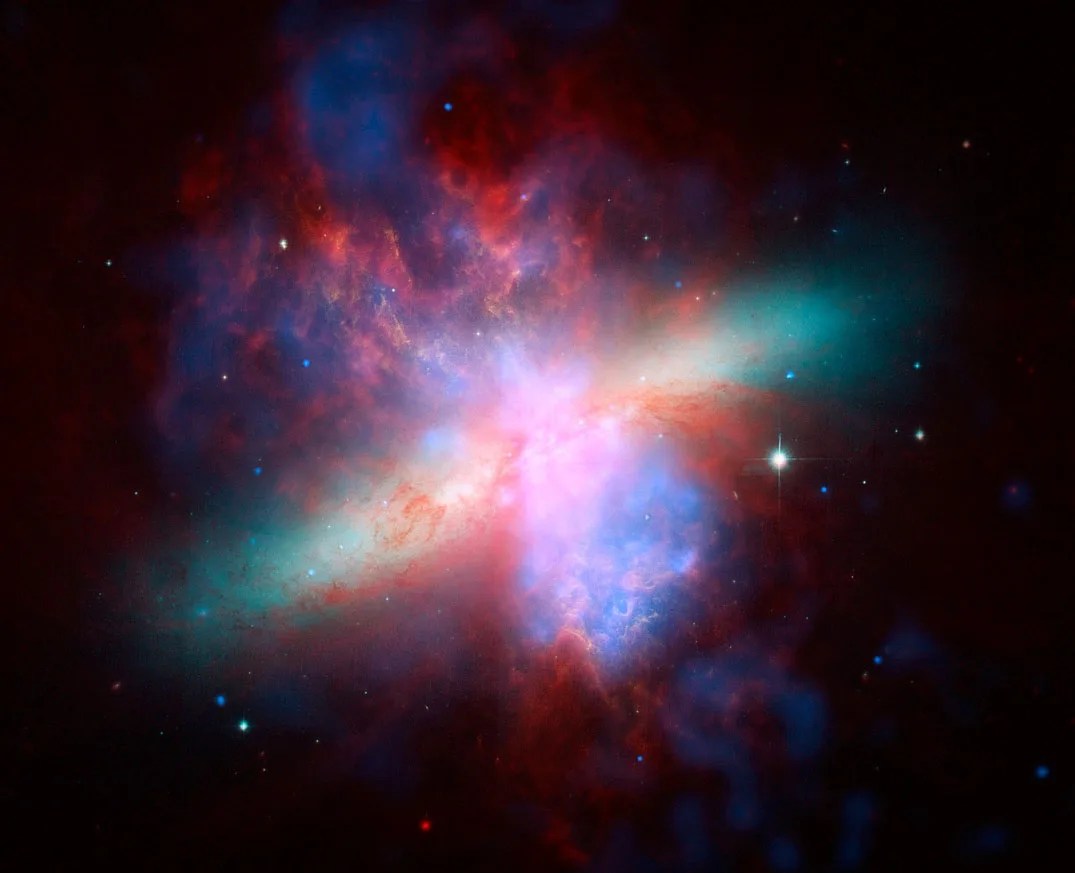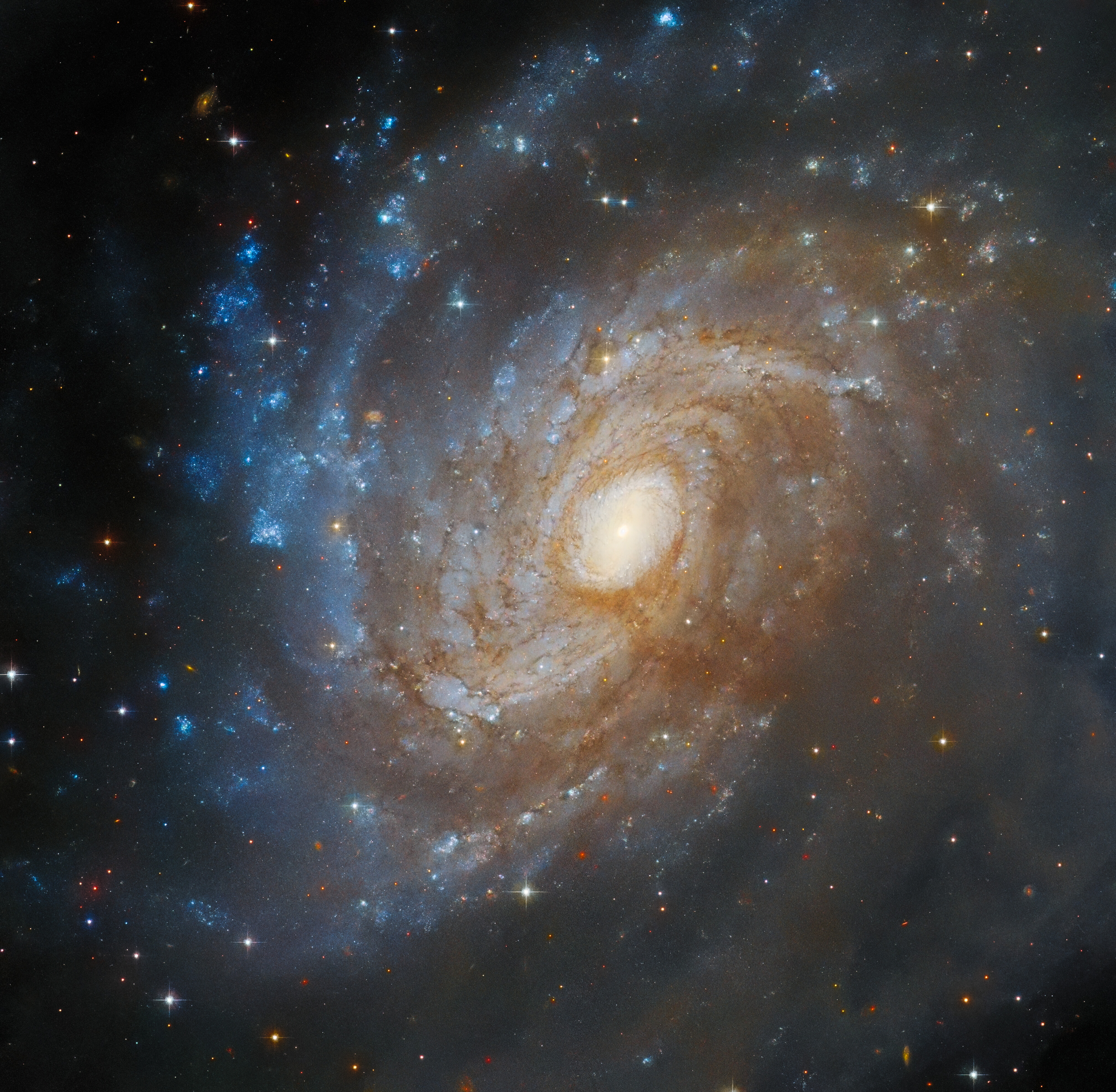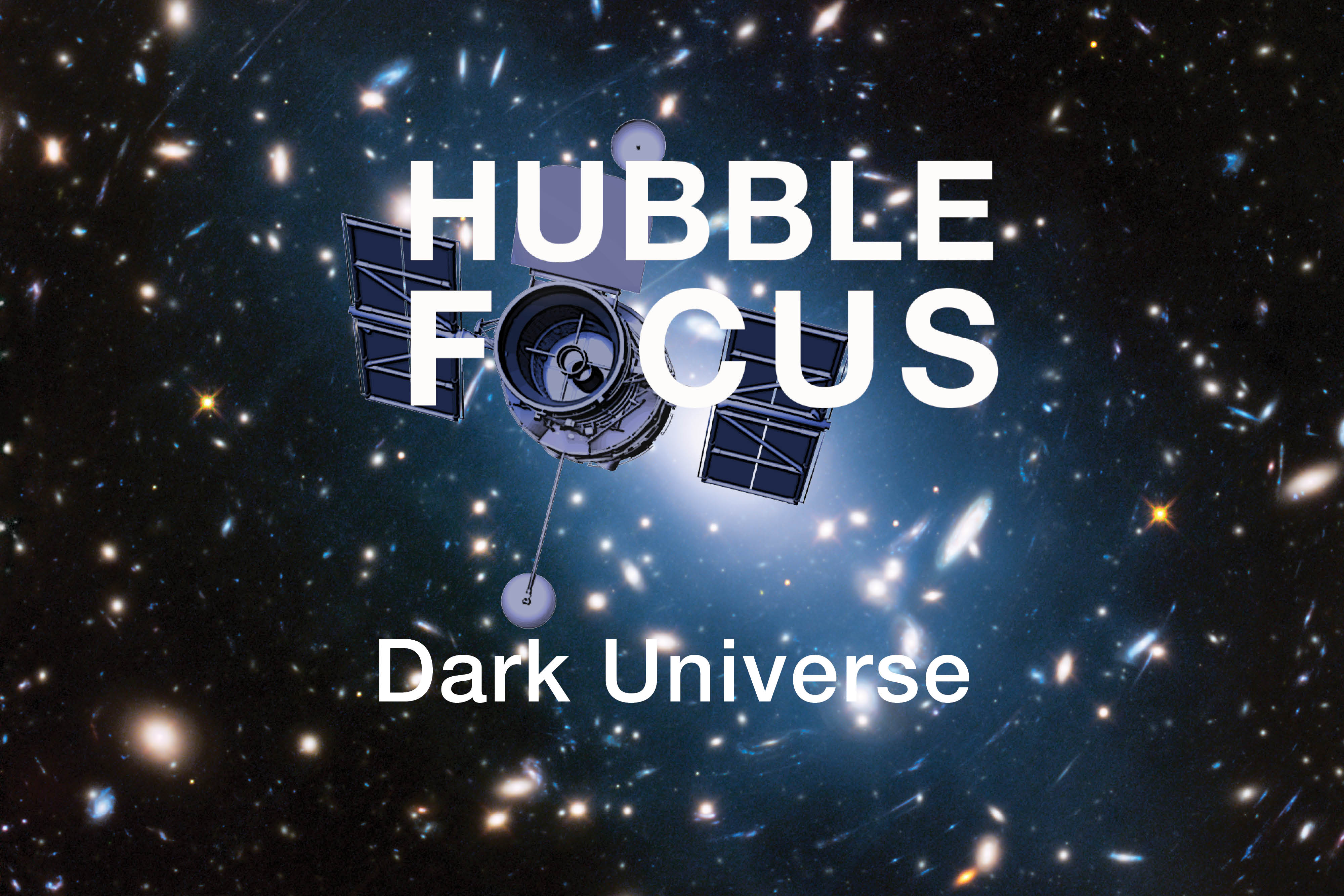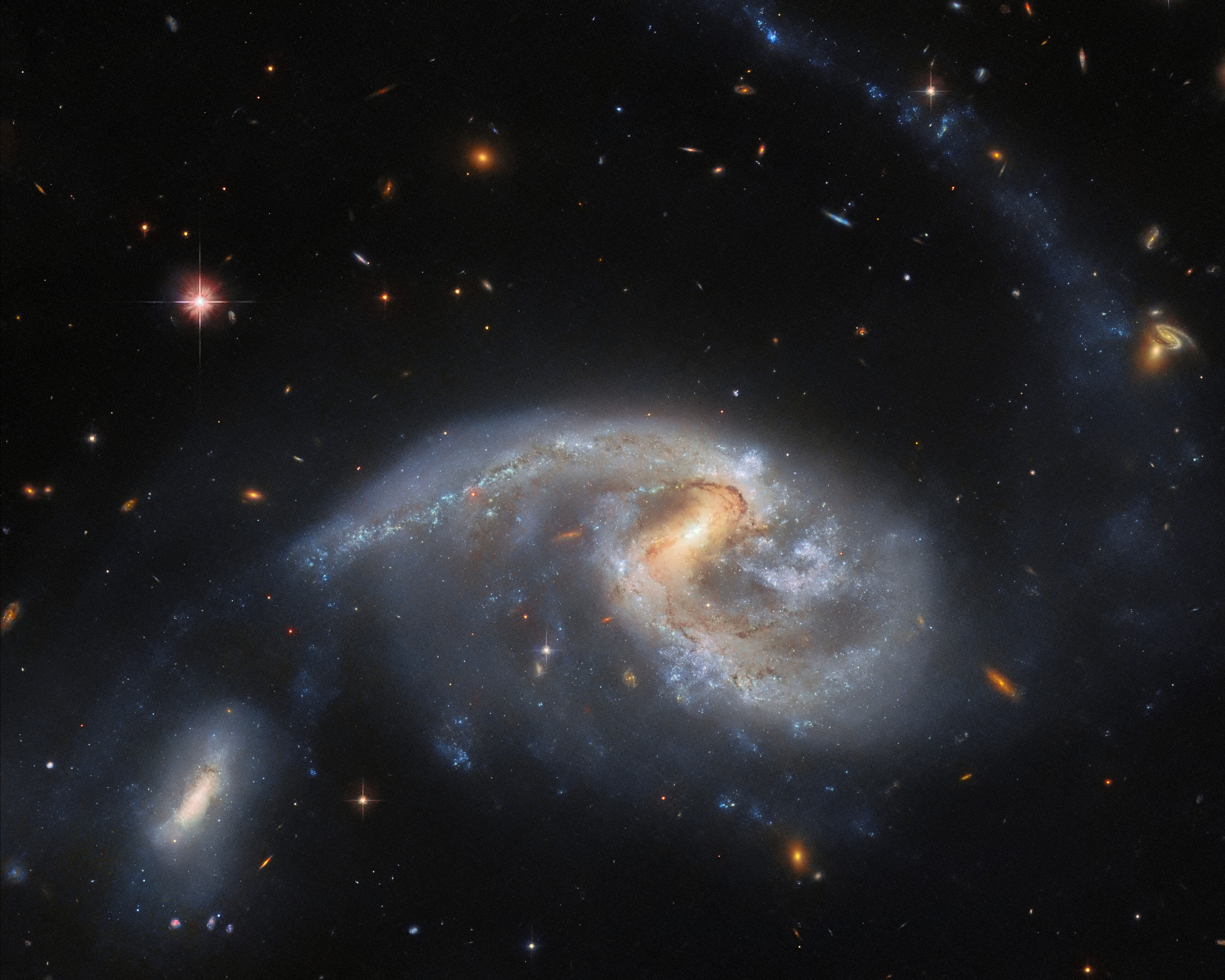2 min read

This mosaic image from the Hubble and Spitzer telescopes and the Chandra Observatory is the sharpest wide-angle view ever obtained of of the magnificent starburst galaxy, Messier 82 (M82). The galaxy is remarkable for its bright blue disk, webs of shredded clouds, and fiery-looking plumes of glowing hydrogen blasting out of its central regions.
The Hubble Space Telescope was launched on April 24, 1990, aboard the shuttle Discovery. Over its 16-year history, Hubble has taken many hundreds of images that have expanded our knowledge of the universe.
Throughout the galaxy's center, young stars are being born 10 times faster than they are inside our entire Milky Way Galaxy. The resulting huge concentration of young stars carved into the gas and dust at the galaxy's center and the fierce galactic superwind generated from these stars compresses enough gas to make millions of more stars. In M82, young stars are crammed into tiny but massive star clusters. These, in turn, congregate together by the dozens to make the bright patches, or "starburst clumps," in the central parts of the galaxy.
The rapid rate of star formation in this galaxy eventually will be self-limiting, because as star formation becomes too vigorous, it will consume or destroy the material needed to make more stars. The starburst then will subside, probably in a few tens of millions of years.
Located 12 million light-years away, M82 appears high in the northern spring sky in the direction of the constellation Ursa Major, the Great Bear. It is also called the "Cigar Galaxy" because of the elliptical shape produced by the oblique tilt of its starry disk relative to our line of sight.
Image Credit: NASA, ESA, and The Hubble Heritage Team (STScI)







